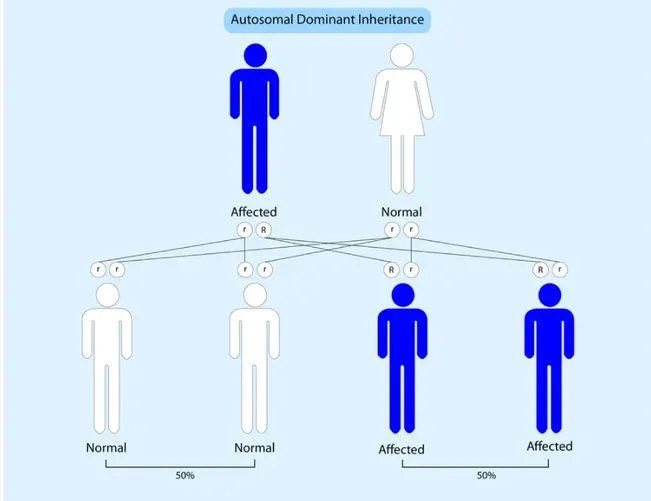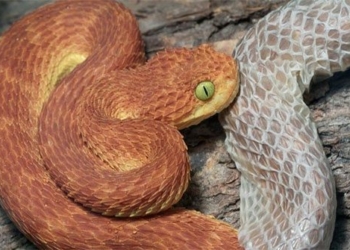Why do some people have dimples while others do not? What causes these dimples?
What are Dimples?

Dimples are the result of a defect in the zygomaticus major muscle in the face.
Cheek dimples occur due to a muscle in the cheek called the “zygomaticus major” splitting into two. Before birth, this muscle may divide into a bundle at the upper corner of the mouth and a bundle at the lower corner of the mouth. This division creates a “net,” and the skin in that area can flex slightly between the two muscle bundles. When you smile, the muscles coordinate, making the dimple more prominent. Meanwhile, the cleft in the chin is unrelated to muscle structure.
According to McGill University, cleft chins result from underutilized jawbone. The skin in that small gap dips in, forming a cleft chin. If you feel you have a cleft chin, you can actually sense the gap in the chin, but don’t worry, a cleft chin is harmless and may disappear in future generations. Therefore, your children may avoid having a cleft chin.
How are Dimples Inherited?

The genetic trait for dimples lies within the autosomal chromosomes
The types of dimples will be inherited in a dominant pattern based on autosomal chromosomes. The inheritance of traits on autosomal chromosomes does not depend on the sex of the parents or the child, in contrast to sex-linked inheritance. Dominant traits only require one copy of the underlying gene for the child to inherit from the parents, whereas recessive traits require two copies of the gene, one from each parent.
This also indicates that the genetic trait for dimples lies within the autosomal chromosomes and there is always a chance that someone carries the gene even if it’s just one copy of the gene. Thus, as long as one parent has dimples, the child can inherit them. However, the probability of this inheritance also depends on the genetic makeup of the parent with dimples.
To better understand this mechanism, further studies on the genetic makeup of the parents and the inheritance of this trait using a Punnett Square can help visualize the possible gene combinations in the offspring. If we consider a parent pair where one has dimples – denoted as Dd (with one copy of the dimple gene – denoted D) and another parent without the dimple gene – denoted dd, then their children will have two genes that are a scrambled combination of the parents’ genes. This means that in 4 combinations, one will contain ‘D’ – the dimple gene, leading to an approximate probability of half the offspring inheriting the dimple gene.
What if one parent with dimples has two copies of the defective gene ‘D’? If a child is born from a parent (either father or mother) having two copies of gene D, termed DD, and the other parent has no dimples, then 100% of the offspring will inherit the dimple gene. Thus, we can definitively conclude that the chances of inheriting dimples are higher if both parents with dimples carry two copies of this gene.

If one of the parents possesses a copy of the dimple gene, then half of the children have a chance to inherit dimples.
There are notable real-life examples of dimple gene inheritance, such as all three children born to Jennifer Garner – a mother with dimples, and Ben Affleck – a father without dimples, all having dimples as well, since this is a trait of dominant genes. Just one copy of the defective gene from Jennifer Garner resulted in successful inheritance of dimples in their two daughters and one son.
The gene responsible for dimples on the face is believed to be located on chromosome number 5 and it affects the formation of connective tissue during fetal development. Inheriting just one copy of the gene will cause the zygomaticus major muscle to develop defectively, leading to the formation of dimples.
Can Dimples be Created Surgically?
From ancient times to the present, dimples have always been considered an attractive feature on the body. Chinese culture views them as a symbol of good fortune, while Arab culture sees them as a symbol of beauty. Consequently, many people have turned to cosmetic surgeons to create dimples. Surgeons will create scars in the dermal layer of the face and remove the attached muscle tissue in the area, which will cause the skin to dip when we smile, making the dimples appear more natural.





















































